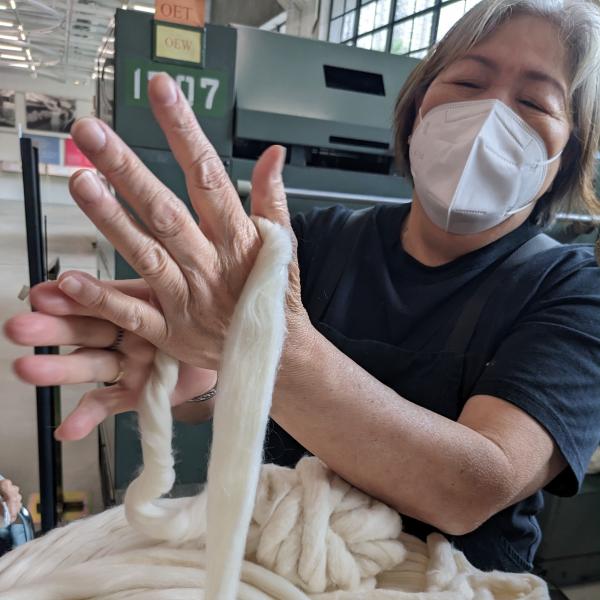Mimi Kim, teaching professor of Korean language, is the co-author of a new Korean language textbook that uses folktales as a springboard for language learning.
The 21 stories that make up Tigers, Fairies, and Gods: Enchanting Folktales from Korea progress through increasingly challenging levels of diction and vocabulary while developing students’ cultural literacy.
Every semester, Mimi Kim asks her Korean language students at WashU to write their own Korean-style folktales. She says that folktales are “rich in cultural context, and so they provide a very effective backdrop for discussions about cultural practices and perspectives. Students really get into our discussions about commonalities and differences between Korean folktales and the stories that they grew up with in their own communities.” Kim sees cultural literacy as a key tool for the language classroom. Tigers, Fairies, and Gods grew out of that idea.
The book is an unusually rich visual object, with vibrant illustrations done in a style that is evocative of Korean animation. Kim and her co-author, Angela Lee-Smith of Yale University, use visual and linguistic cues to engage with students’ cultural knowledge. In “Sister Sun and Brother Moon,” for example, a brother and sister encounter a tiger in their mother’s clothing in a scene that might evoke echoes of “Little Red Riding Hood” for readers who grew up with the Grimm brothers’ tales.
That kind of cross-cultural comparison is exactly what we hope for in humanities education, Kim says. “By learning a new language you gain a richer understanding of cultural differences and similarities,” she says. “Folktales are a natural tool for that work. They just needed to be put together in a way that was more useful for students.”




